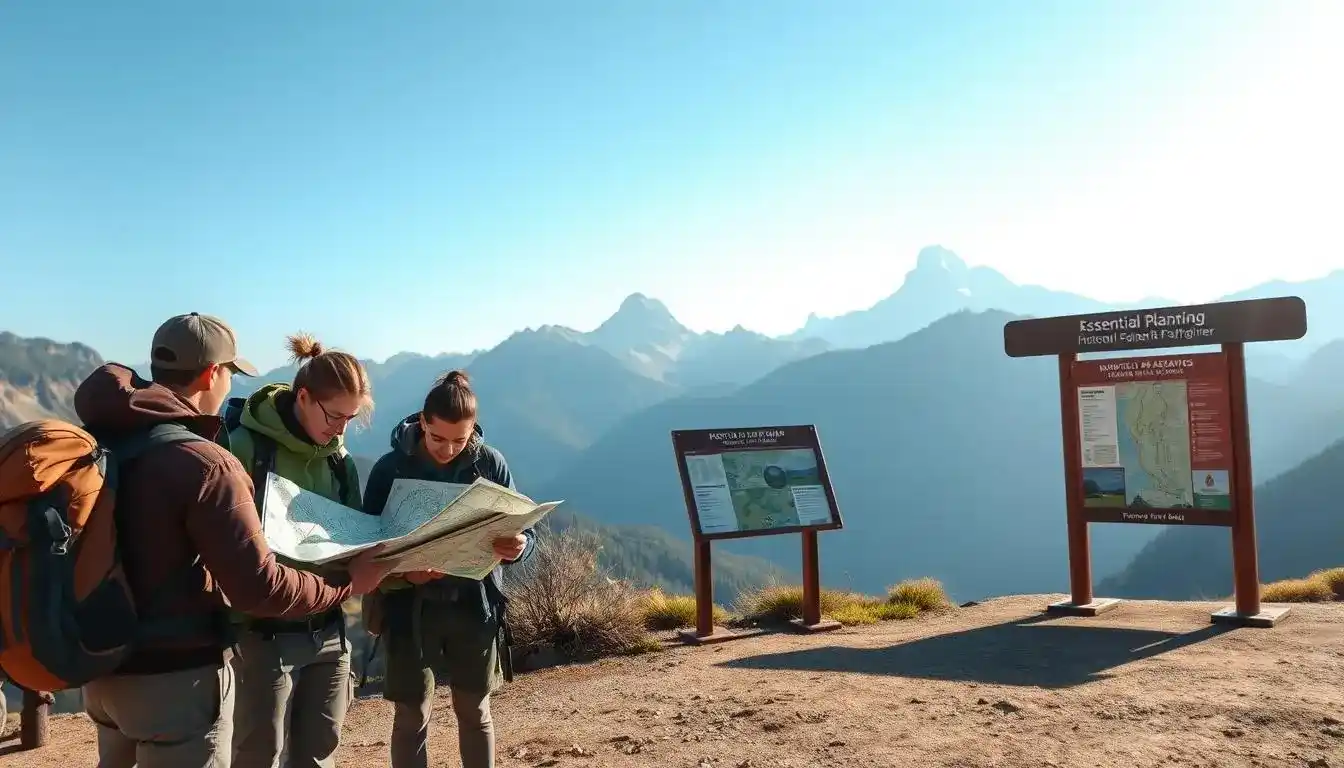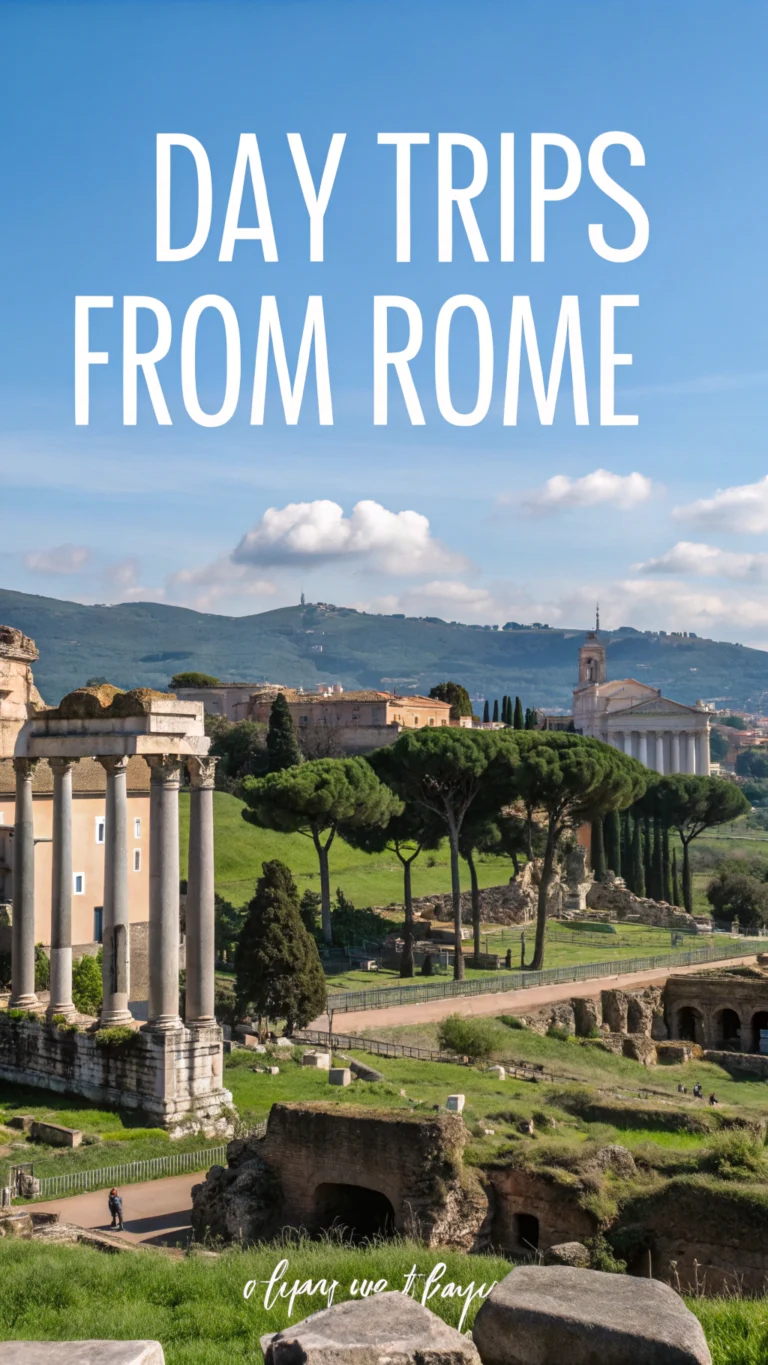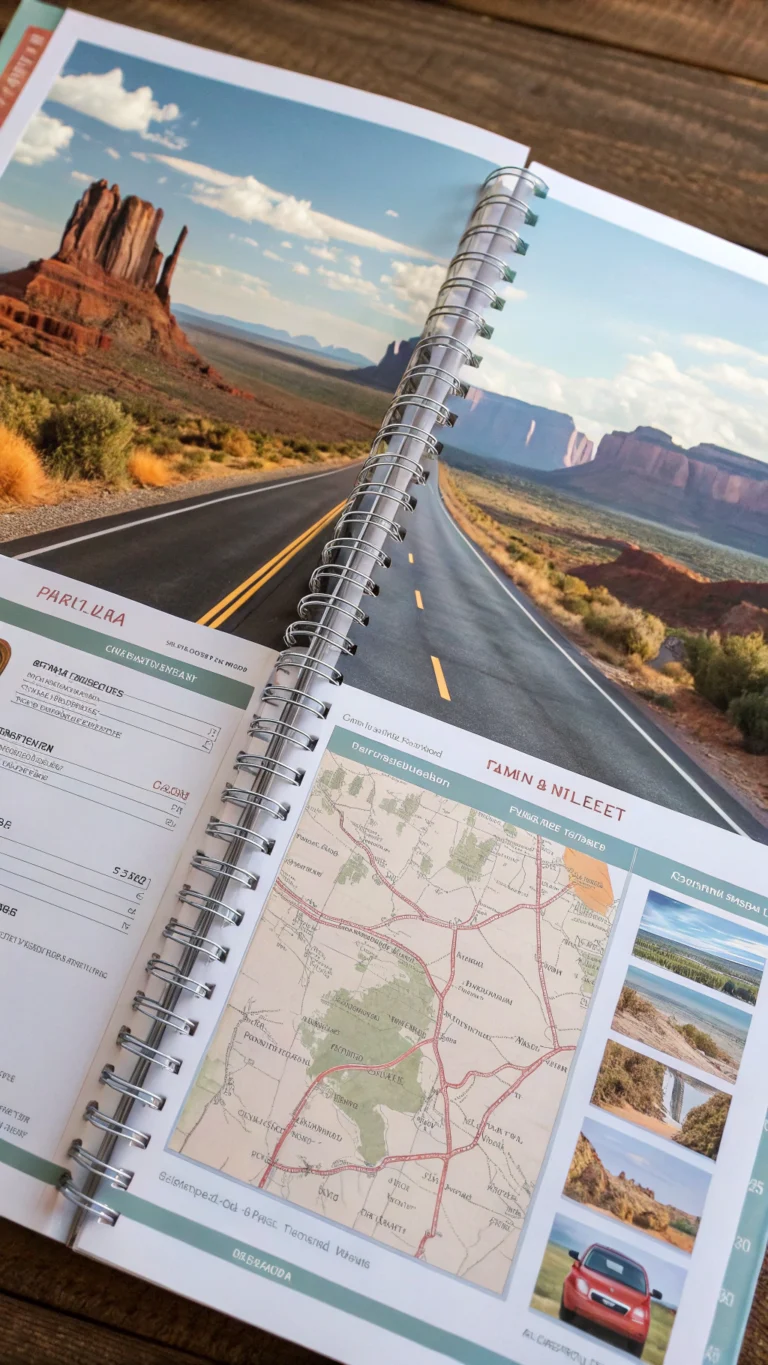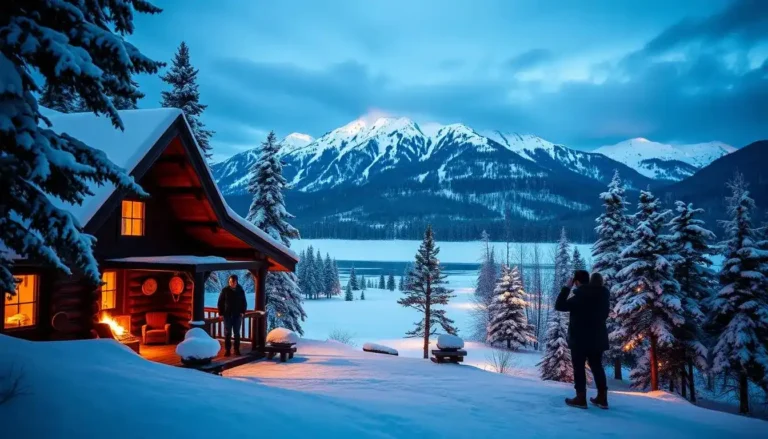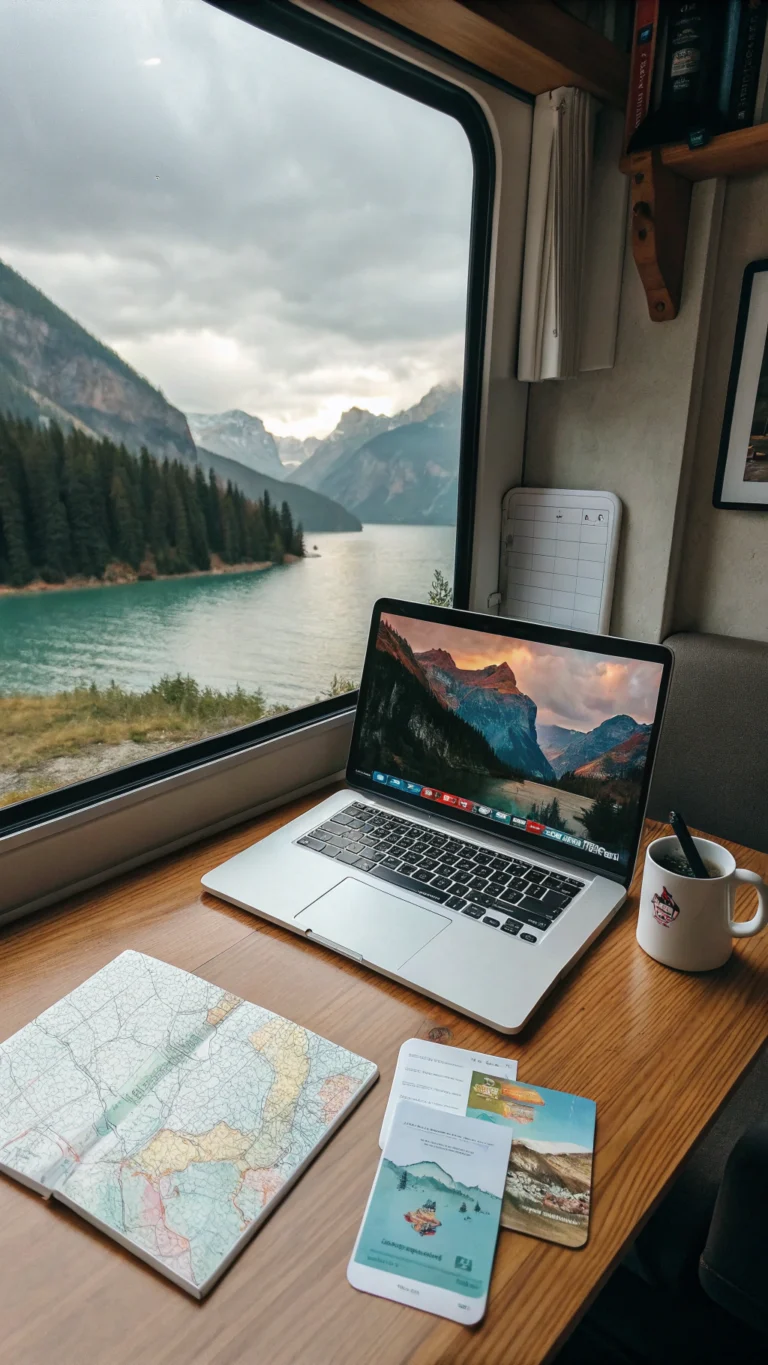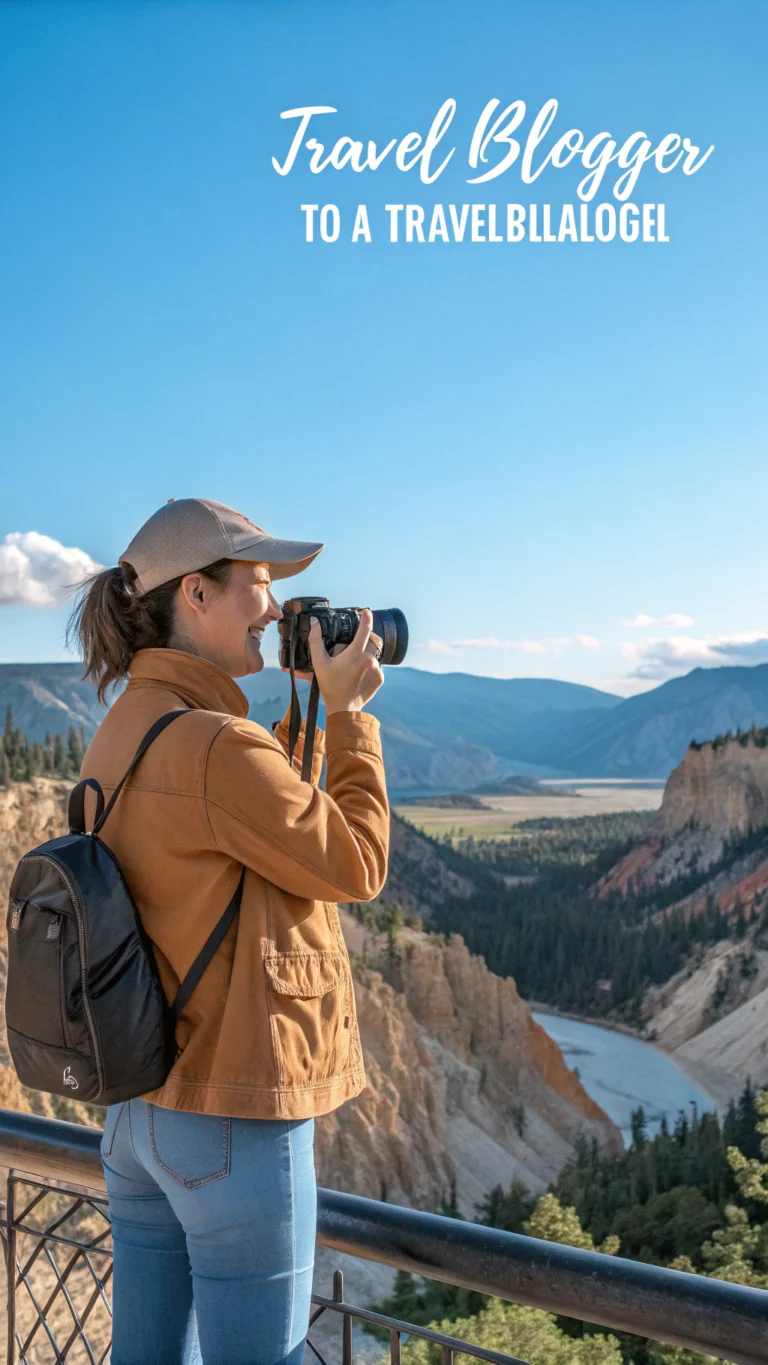Best US National Parks for First-Time Visitors
Embarking on a journey to explore the US National Parks is an exciting adventure that awaits first-time visitors. With breathtaking landscapes and diverse wildlife, these parks offer an unforgettable experience.
The thrill of witnessing the majestic beauty of nature, from the Grand Canyon to Yellowstone, is a must-have for any outdoor enthusiast. As a first-time visitor, you’re about to experience the rich natural heritage of the United States.
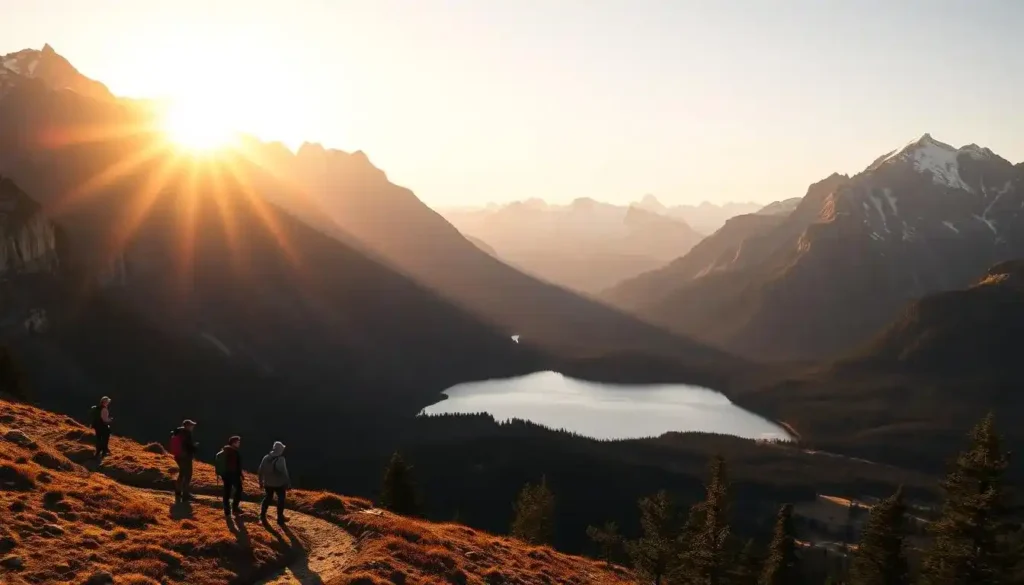
Whether you’re drawn to hiking, camping, or simply taking in the views, national park adventures promise to leave you in awe. Get ready to create lifelong memories in some of America’s most spectacular destinations.
Key Takeaways
- Discover the most breathtaking US National Parks for a first-time visit.
- Experience the diverse landscapes and wildlife that America has to offer.
- Plan your trip with insider tips for a memorable national park adventure.
- Explore the rich natural heritage of the United States.
- Enjoy hiking, camping, and other outdoor activities in the great American wilderness.
Discovering America’s Natural Treasures
America’s national parks are a treasure trove of natural wonders, waiting to be explored by new adventurers. With over 63 national parks across the United States, there’s a diverse range of landscapes and experiences to discover.
Why National Parks Are Perfect for New Adventurers
National parks offer a unique blend of adventure, education, and relaxation, making them ideal for first-time visitors. They provide a chance to connect with nature, learn about the country’s history, and enjoy outdoor activities in a safe and managed environment.
What Makes a Park “First-Timer Friendly”
A “first-timer friendly” park typically has accessible trails, clear signage, and visitor centers with helpful staff. These parks also often offer guided tours and educational programs designed to introduce newcomers to the park’s main attractions and activities.
The National Park Service Visitor Resources
The National Park Service provides a wealth of resources for visitors, including park websites, mobile apps, and visitor centers. These resources help plan your trip, understand park rules, and make the most of your visit. By utilizing these resources, first-time visitors can ensure a smooth and enjoyable experience in America’s natural treasures.
Yellowstone National Park: America’s First Wonder
As the world’s first national park, Yellowstone National Park is a treasure trove of natural wonders. Established in 1872, it continues to awe visitors with its unique geothermal features, diverse wildlife, and breathtaking landscapes.
Must-See Attractions: Old Faithful and Grand Prismatic Spring
Yellowstone National Park features some of the most remarkable natural wonders in the U.S., including Old Faithful — a geyser famous for its regular eruptions — and the Grand Prismatic Spring, the nation’s largest hot spring. The spring is especially striking due to its vivid colors, caused by heat-loving microorganisms and mineral deposits. Designated viewing areas allow visitors to safely take in these stunning sights while enjoying an unforgettable experience.
Wildlife Viewing Opportunities and Safety
Yellowstone offers numerous wildlife viewing opportunities, with an abundance of animals such as grizzly bears, wolves, and bison. To ensure safety, visitors must maintain a safe distance from wildlife and follow park guidelines.
- Keep a safe distance from animals
- Stay on designated trails
- Be aware of your surroundings
Beginner-Friendly Trails and Viewpoints
For those new to hiking, Yellowstone offers several beginner-friendly trails that provide stunning views of the park’s landscapes. The Old Faithful area trails and the Grand Prismatic Spring overlook trail are excellent choices for those looking to explore the park’s natural beauty without venturing into more challenging terrain.
Best Times to Visit and Crowd Management
The best time to visit Yellowstone is during the spring and fall, when the weather is mild and crowds are smaller. To manage crowds, the park implements various strategies, including crowd management plans and shuttle services in certain areas.
By planning your visit during the less busy seasons and using the park’s resources, you can enjoy a more relaxed and fulfilling experience in this incredible national park.
Grand Canyon National Park: Awe-Inspiring Vistas
With its vast expanse and stunning scenery, Grand Canyon National Park is an ideal introduction to America’s natural treasures. The park offers a range of experiences suitable for first-time visitors, from scenic drives to hiking trails.
South Rim vs. North Rim for First-Time Visitors
The Grand Canyon has two main areas: the South Rim and the North Rim. For first-time visitors, the South Rim is generally more accessible, being open year-round and having more amenities. The North Rim, while less crowded, is more remote and typically open from mid-May to mid-October.
Scenic Drives and Accessible Lookout Points
One of the most rewarding ways to explore the Grand Canyon is by taking its scenic drives. The Desert View Drive stands out, featuring numerous breathtaking viewpoints such as Mather Point and the historic Grand Canyon Village. For a more relaxed visit, the park also offers a convenient shuttle service along select routes, allowing visitors to enjoy the views without the need to drive.
Day Hikes for Different Ability Levels
The Grand Canyon offers trails for various skill levels. For beginners, the Rim Trail is a great option, offering stunning views without the need for strenuous hiking. More experienced hikers might enjoy the Bright Angel Trail, which descends into the canyon.
| Trail Name | Difficulty Level | Distance |
| Rim Trail | Easy | Various segments |
| Bright Angel Trail | Moderate to Difficult | 9.5 miles one way |
| South Kaibab Trail | Moderate to Difficult | 6.5 miles one way |
Avoiding Extreme Weather and Staying Safe
Visitors should be aware of the park’s extreme weather conditions, including heat and potential flash floods. Staying hydrated, wearing sunscreen, and checking weather forecasts are crucial for a safe visit.
By understanding the options available and planning accordingly, first-time visitors can have a safe and enjoyable experience at Grand Canyon National Park.
Yosemite National Park: Majestic Valleys and Waterfalls
With its majestic valleys and waterfalls, Yosemite National Park is a must-visit for nature lovers. Located in California, Yosemite is renowned for its granite cliffs, picturesque valleys, and diverse wildlife.
Yosemite Valley Highlights for Newcomers
Yosemite Valley is the heart of the park, offering a variety of attractions and activities for first-time visitors. The valley is home to iconic landmarks, scenic hiking trails, and picturesque meadows.
- Explore the valley floor and visit famous spots like Yosemite Village.
- Take a leisurely stroll along the Merced River.
- Enjoy the scenic views from various lookout points.
Iconic Landmarks: Half Dome and El Capitan
Yosemite is famous for its granite monoliths, Half Dome and El Capitan. These natural wonders are a sight to behold and offer challenging hiking and climbing opportunities.
Half Dome, with its distinctive granite face, is a popular destination for hikers. The El Capitan is a favorite among rock climbers.
Family-Friendly Activities and Trails
Yosemite offers a range of activities suitable for families, including:
- Easy hiking trails like the Lower Yosemite Fall Trail.
- Guided nature walks and educational programs.
- Picnicking areas with scenic views.
Navigating Peak Season Crowds
To avoid the crowds during peak season, consider visiting early in the morning or later in the evening. Utilize the park’s shuttle service to reduce traffic congestion and enjoy a more relaxed experience.
Some tips for navigating the crowds include:
- Plan your itinerary in advance.
- Explore lesser-known areas of the park.
- Take breaks in quieter spots.
Great Smoky Mountains: America’s Most Visited National Park
Nestled in the heart of the Appalachian Mountains, the Great Smoky Mountains National Park offers a unique blend of natural beauty and cultural heritage. This park is a haven for those seeking accessible mountain experiences amidst its lush forests and rolling hills.
Accessible Mountain Experiences Year-Round
The Great Smoky Mountains are open year-round, providing visitors with a diverse range of experiences across different seasons. From hiking and fishing in the spring and summer to observing the vibrant fall foliage and enjoying winter landscapes, there’s always something to explore.
- Over 800 miles of hiking trails for all skill levels
- Fishing in numerous streams and lakes
- Wildlife viewing, including elk, deer, and turkey
Scenic Drives Through Lush Forests
The park offers several scenic drives that showcase its natural beauty. The Cades Cove Loop Road and the Clingmans Dome Road are particularly popular, offering stunning vistas and opportunities to spot wildlife.
Cultural and Historical Sites
The Great Smoky Mountains are not just a natural wonder but also a region rich in cultural and historical significance. Visitors can explore historic buildings, churches, and other structures that reflect the lives of the people who once lived in the area.
- Museums and historic buildings
- Cades Cove historic district
- Preservation of Appalachian culture
Wildlife Viewing in the Eastern Woodlands
The park is a fantastic place for wildlife viewing, with its diverse habitats supporting a wide range of species. From black bears to white-tailed deer, and from elk to numerous bird species, the Great Smoky Mountains are a wildlife enthusiast’s paradise.
Zion National Park: Red Rock Wonderland
With its distinctive red rock canyons and diverse wildlife, Zion National Park is an ideal location for outdoor enthusiasts. Located in southwestern Utah, this park offers a unique blend of natural beauty and adventure.
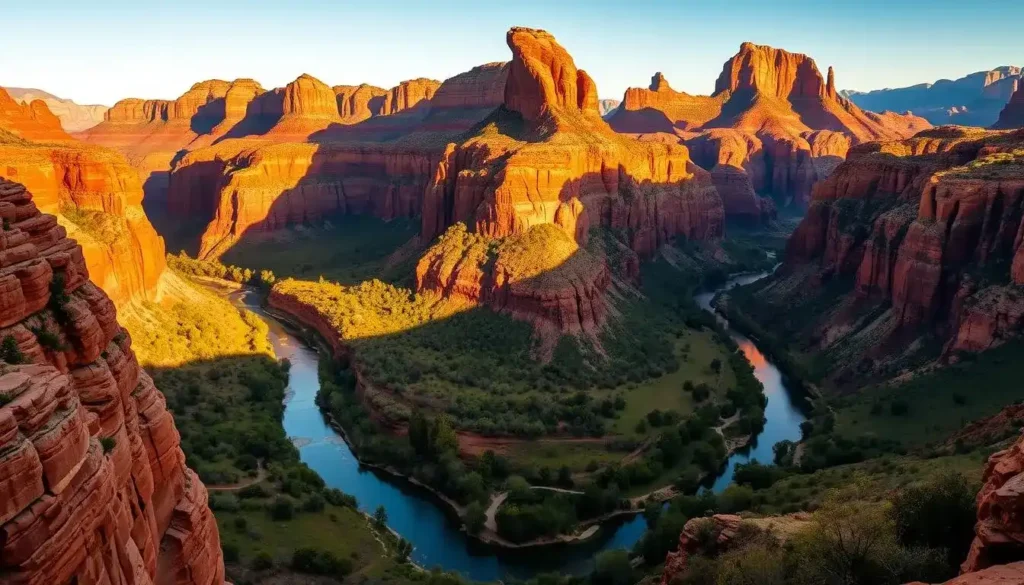
Navigating the Shuttle System and Park Layout
Zion National Park operates a free shuttle system during peak seasons to reduce traffic congestion and enhance the visitor experience. The shuttle stops at major viewpoints, trailheads, and the Zion Canyon Visitor Center. Understanding the park’s layout and shuttle route is crucial for planning your day.
Riverside Walks and Canyon Views
One of the park’s most popular activities is the Riverside Walk, a scenic trail that follows the Virgin River as it winds its way through the canyon. This trail offers breathtaking views of the surrounding red rock formations and is suitable for visitors of all skill levels.
Tips for Enjoying Riverside Walks:
- Wear comfortable walking shoes
- Bring water and snacks
- Be prepared for changing weather conditions
Emerald Pools and Other Beginner Trails
For those new to hiking, Zion offers several beginner-friendly trails, including the Emerald Pools Trail. This trail leads to a series of pools and waterfalls, offering a serene and picturesque hiking experience.
Flash Flood Safety and Desert Precautions
Zion’s unique desert environment requires special precautions. Visitors should be aware of the risk of flash floods, especially during monsoon season. It’s essential to check weather forecasts and park alerts before heading out on trails.
Always stay informed and prepared when exploring Zion’s beautiful but potentially hazardous landscapes.
Best US National Parks for First-Time Visitors Based on Interests
Whether you’re drawn to wildlife, deserts, mountains, or coastal scenery, there’s a U.S. national park that’s ideal for your first adventure. With such a wide range of landscapes across the country, you can easily find a park that matches your interests for a memorable and meaningful experience.
For Wildlife Enthusiasts:
Explore Everglades National Park in Florida, home to alligators, manatees, and countless bird species. Or head to Olympic National Park in Washington, where you might spot whales, sea lions, and a variety of coastal and forest wildlife.
For Desert Landscapes:
Marvel at the over 2,000 natural stone arches in Arches National Park, Utah, or discover the surreal rock formations and iconic Joshua trees of Joshua Tree National Park in California.
For Mountain Scenery:
Take in sweeping alpine views at Rocky Mountain National Park in Colorado, known for its rugged peaks and wildlife, or visit Glacier National Park in Montana, famed for its dramatic glaciers and pristine mountain lakes.
For Coastal Beauty: Acadia and Channel Islands
For a coastal experience, visit Acadia National Park in Maine or Channel Islands National Park in California. Acadia features rugged coastline and picturesque lighthouses, while Channel Islands offers a more secluded experience with beautiful beaches and sea caves.
By choosing a national park that aligns with your interests, you can ensure a memorable first visit to these incredible natural treasures.
- Everglades National Park: Ideal for spotting alligators and diverse wildlife.
- Olympic National Park: Offers a mix of marine wildlife and temperate rainforests.
- Arches National Park: Famous for its sandstone arches and desert landscapes.
- Joshua Tree National Park: Unique rock formations and Joshua trees.
- Rocky Mountain National Park: High-altitude lakes and abundant wildlife.
- Glacier National Park: Known for its glaciers and alpine scenery.
- Acadia National Park: Features rugged coastline and picturesque lighthouses.
- Channel Islands National Park: Offers secluded beaches and sea caves.
Essential Planning Tips for Your First National Park Adventure
To make the most of your first national park visit, it’s crucial to plan ahead, considering factors like the time of year and accommodation options. Effective planning enhances your experience, ensuring that you enjoy the natural beauty and activities that these parks have to offer.
Best Seasons to Visit Different Parks
The best time to visit national parks varies significantly depending on the park’s location and climate. For instance, parks like Yellowstone and Yosemite are best visited during spring and fall to avoid the peak summer crowds and enjoy mild weather. In contrast, parks in the southwestern United States, such as Grand Canyon and Zion, are more comfortably visited during the spring or fall when temperatures are not extreme.
| Park Name | Best Season to Visit | Notable Activities |
| Yellowstone | Spring, Fall | Wildlife viewing, geysers |
| Yosemite | Spring, Fall | Hiking, rock climbing |
| Grand Canyon | Spring, Fall | Hiking, scenic views |
Lodging Options: From Camping to Luxury
National parks offer a range of lodging options to suit different preferences and budgets. For those who enjoy the outdoors, camping is a popular choice, with many parks offering well-equipped campsites. For a more comfortable stay, some parks have lodges and hotels, ranging from basic to luxury. It’s advisable to book your accommodations well in advance, especially during peak season.
Entrance Fees and America the Beautiful Pass
Most national parks charge an entrance fee, which can vary significantly from one park to another. The America the Beautiful annual pass is a cost-effective option for those planning to visit multiple parks within a year. This pass covers entrance fees for the pass holder and accompanying passengers in a single, private, non-commercial vehicle.
Accessibility Information for Visitors with Disabilities
National parks are committed to providing accessibility for all visitors. Many parks offer accessible trails, facilities, and services. It’s recommended to check the park’s website or contact the park directly for specific accessibility information to plan your visit accordingly.
Digital Tools and Apps for Park Navigation
Several digital tools and apps can enhance your national park experience, from navigation to learning about park history and wildlife. Popular options include the official National Park Service app and third-party trail guide apps. These tools can help you plan your day, find trails, and stay informed about park conditions.
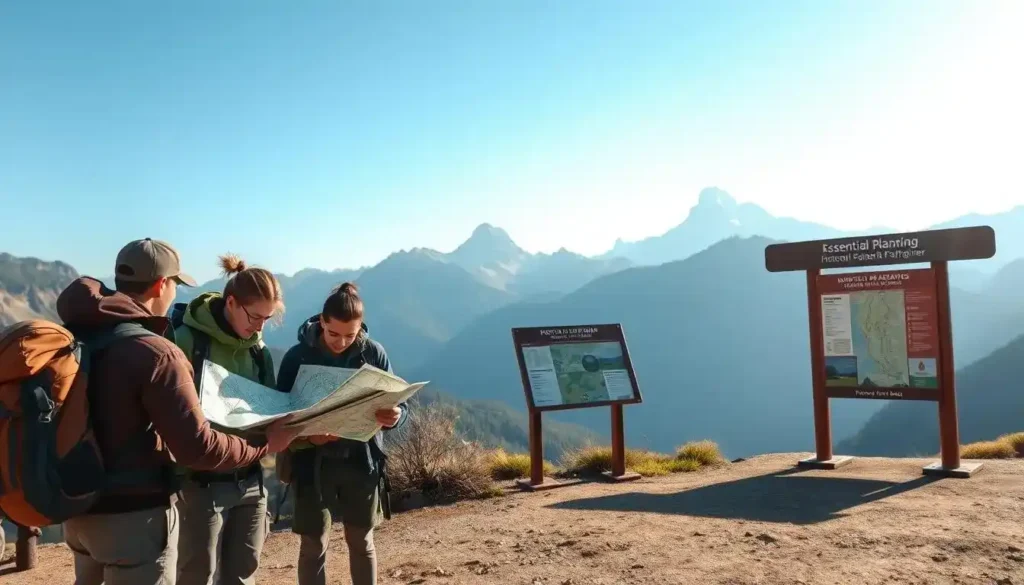
National Park Safety and Etiquette for First-Timers
Embarking on your first national park visit is a thrilling adventure, and being informed about safety guidelines and park etiquette is crucial. Understanding these aspects can significantly enhance your experience, ensuring both your safety and the preservation of these natural wonders.
Wildlife Safety Guidelines
Encountering wildlife is one of the most exciting aspects of visiting national parks. However, it’s essential to maintain a safe distance and never feed the animals. Keeping a safe distance not only protects you but also the wildlife, as feeding can alter their natural behaviors and diet. Parks often provide guidelines on safe distances and viewing practices.
Leave No Trace Principles
The Leave No Trace principles are designed to minimize human impact on the environment. These seven principles are: plan ahead and prepare, travel and camp on durable surfaces, dispose of waste properly, leave what you find, minimize campfire impacts, respect wildlife, and be considerate of other visitors. By following these guidelines, you can help preserve the natural beauty and integrity of the parks.
Weather Preparedness and Emergency Planning
Weather conditions in national parks can change rapidly, and being prepared is key to a safe visit. Check the weather forecast before heading out, and be prepared for sudden changes. Carry appropriate gear, including rain jackets, sunscreen, and layers for cold weather. It’s also wise to have a plan for emergencies, including knowing the location of park ranger stations and having a means of communication.
Respecting Cultural and Natural Resources
National parks are not only natural wonders but also often contain significant cultural resources. Visitors are encouraged to respect these resources by not removing any artifacts, not vandalizing park property, and being mindful of sacred sites. By doing so, you help preserve these areas for future generations.
By following these guidelines, first-time visitors can ensure a safe and enjoyable experience in the US national parks, while also contributing to the preservation of these incredible natural and cultural treasures.
Conclusion: Embarking on Your National Park Journey
As you plan your trip to the US National Parks, you’re about to embark on an unforgettable national park journey. With so many incredible destinations to explore, first-time visitors are spoiled for choice. From the geysers of Yellowstone to the red rock formations of Zion, each park offers a unique experience that will leave you in awe.
Whether you’re drawn to wildlife viewing, hiking, or simply taking in the breathtaking views, national park adventures have something for everyone. As you prepare for your trip, remember to plan ahead, respect the natural environment, and enjoy the journey. With the right mindset and preparation, you’ll be ready to create lifelong memories on your national park journey.
So pack your bags, grab your camera, and get ready to experience the beauty and wonder of America’s national parks. As a first-time visitor, you’re about to discover the magic of these incredible destinations, and who knows, it might just be the start of a lifelong passion for national park adventures.
FAQ
What are the best US National Parks for first-time visitors?
Some of the best US National Parks for first-time visitors include Yellowstone National Park, Grand Canyon National Park, Yosemite National Park, Great Smoky Mountains National Park, and Zion National Park, offering a mix of iconic landmarks, diverse wildlife, and scenic landscapes.
How do I plan a visit to a US National Park?
To plan a visit, start by choosing a park that fits your interests and abilities, then check the park’s website for information on operating hours, entrance fees, and available activities. You can also use the National Park Service’s website and mobile apps to help plan your trip.
What should I pack for a visit to a US National Park?
Packing essentials include comfortable hiking shoes, layers for changing weather, sun protection, a first-aid kit, and plenty of water and snacks. Be sure to check the specific park’s website for any specific gear recommendations or restrictions.
Are US National Parks accessible for visitors with disabilities?
Many US National Parks offer accessible trails, facilities, and programs for visitors with disabilities. Check the park’s website or contact park staff directly to learn more about accessibility options and plan your visit accordingly.
What safety precautions should I take when visiting a US National Park?
Always stay on designated trails, keep a safe distance from wildlife, and be prepared for changing weather conditions. Bring plenty of water, snacks, and a first-aid kit, and let someone know your itinerary and expected return time.
Can I bring my pet to a US National Park?
While some national parks allow pets in certain areas, others have strict pet restrictions to protect park wildlife and ecosystems. Check the park’s website for specific pet policies before your visit.
How can I avoid crowds when visiting a US National Park?
Visiting during the shoulder season, arriving early in the morning or later in the evening, and using the park’s shuttle service can help minimize encounters with large crowds.
What are the best times to visit different US National Parks?
The best time to visit varies by park, with some parks like Yellowstone and Grand Canyon being busiest during summer, while others like Great Smoky Mountains are great year-round. Check the park’s website for specific information on peak seasons and visit accordingly.
Are there guided tours available in US National Parks?
Yes, many national parks offer guided tours led by park rangers or authorized concessionaires, which can be a great way to learn more about the park’s natural and cultural resources.
How do I obtain an America the Beautiful Pass?
The America the Beautiful Pass can be purchased online through the US Geological Survey’s website or in person at a national park or federal recreational land site, providing access to more than 2,000 recreation areas.

